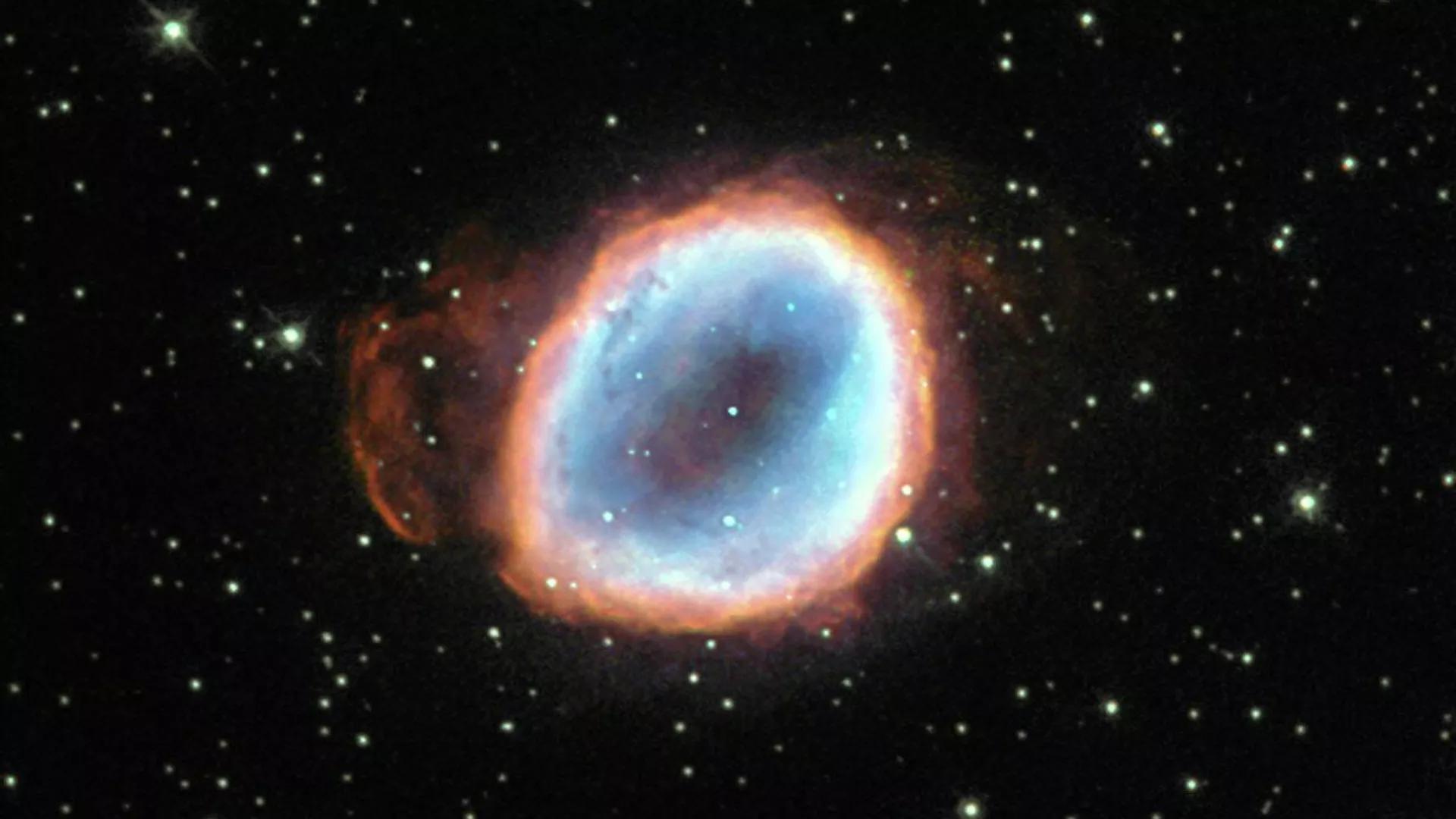Africa-Press – Cape verde. When a massive star runs out of hydrogen, it sometimes transforms into a red supergiant and erupts in a tremendous explosion. As the core collapses, it forms an ultradense neutron star. Then, the remnants can stay hidden in the nebula created by the explosion, but recent new observations have revealed an even rarer occurrence.
A dead star kicked at great speed across space from its birth site has been discovered by a team of astronomers. It is only the fourth discovery of this kind, which explains the excitement it was met with by scientists.
Using the MeerKAT radio telescope, European astronomers were observing the binary star formation named GRS 1915+105, consisting of a black hole and a normal star. Their work was part of the ThunderKAT Large Survey Program. That is when the team, led by astrophysicist Sara Elisa Motta of the Brera Astronomical Observatory in Italy, and the University of Oxford in the UK accidentally discovered a new object, appearing to resemble a flash of light, according to findings in a paper published on the arXiv preprint server.
At this point, they saw the object’s similarity with a pulsar bow-shock nebula discovered in 1987. That nebula was discovered by radio astronomers using the National Science Foundation’s Very Large Array in New Mexico. It was dubbed G359.23-0.82, aka “the Mouse” due to its appearance in radio images, with something like a snout and a long, narrow tail.
The dead star found as a result of the new research has been dubbed “the Mini Mouse” due to its similarity to that earlier detected radio nebula. This object was produced due to very special circumstances.
After the demise of a massive star in an explosion – a supernova – if the latter is, so to say, lopsided, uneven energy distribution can result in a rare phenomenon. The pulsar formed during the explosion gradually left the place of its birth, moving at a speed of 320-360 km/s, with the entire process accompanied by the formation of a radio nebula with a cometary-like shape. This glow of light is what’s called a pulsar bow-shock nebula.
For More News And Analysis About Cape verde Follow Africa-Press






